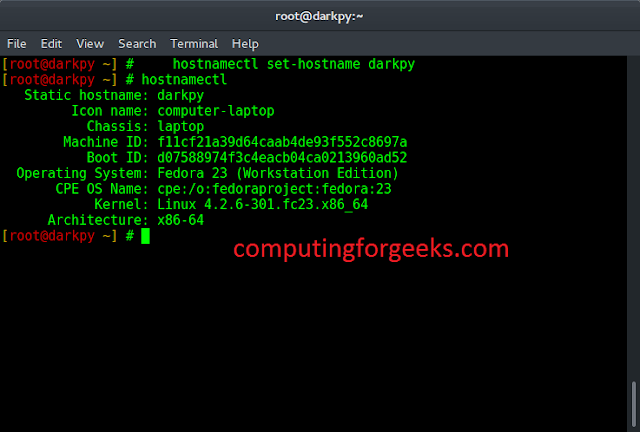The numpy.isinf() function tests element-wise whether it is +ve or -ve infinity or not return the result as a boolean array.
Syntax: numpy.isinf(array [, out])
Parameters :
array : [array_like]Input array or object whose
elements, we need to test for infinity
out : [ndarray, optional]Output array placed
with result. Its type is preserved and
it must be of the right shape to hold
the output.
Return :
boolean array containing the result. For scalar input, the result is a new boolean with value True if the input is positive or negative infinity; otherwise the value is False. For array input, the result is a boolean array with the same shape as the input and the values are True where the corresponding element of the input is positive or negative infinity; elsewhere the values are False.
Code 1 :
Python
# Python Program illustrating# numpy.isinf() method import numpy as geek print("Finite : ", geek.isinf(1), "\n")print("Finite : ", geek.isinf(0), "\n")# not a numberprint("Finite : ", geek.isinf(geek.nan), "\n")# infinityprint("Finite : ", geek.isinf(geek.inf), "\n")print("Finite : ", geek.isinf(geek.NINF), "\n") x = geek.array([-geek.inf, 0., geek.inf])y = geek.array([2, 2, 2])print("Checking for infinity : ", geek.isinf(x, y)) |
Output :
Finite : False Finite : False Finite : False Finite : True Finite : True Checking for infinity : [1 0 1]
Code 2 :
Python
# Python Program illustrating# numpy.isinf() method import numpy as geek # Returns True/False value for each element b = geek.arange(8).reshape(2, 4) print("\n",b)print("\nIs Infinity : \n", geek.isinf(b))# geek.inf : Positive Infinity# geek.NINF : negative Infinityb = [[geek.inf], [geek.NINF]]print("\nIs Infinity : \n", geek.isinf(b)) |
Output :
[[0 1 2 3] [4 5 6 7]] Is Infinity : [[False False False False] [False False False False]] Is Infinity : [[ True] [ True]]
References :
https://docs.scipy.org/doc/numpy-dev/reference/generated/numpy.isinf.html#numpy.isinf
Note :
These codes won’t run on online IDE’s. So please, run them on your systems to explore the working.
This article is contributed by Mohit Gupta_OMG 😀. If you like Lazyroar and would like to contribute, you can also write an article using write.geeksforgeeks.org or mail your article to review-team@geeksforgeeks.org. See your article appearing on the Lazyroar main page and help other Geeks.
Please write comments if you find anything incorrect, or you want to share more information about the topic discussed above.




